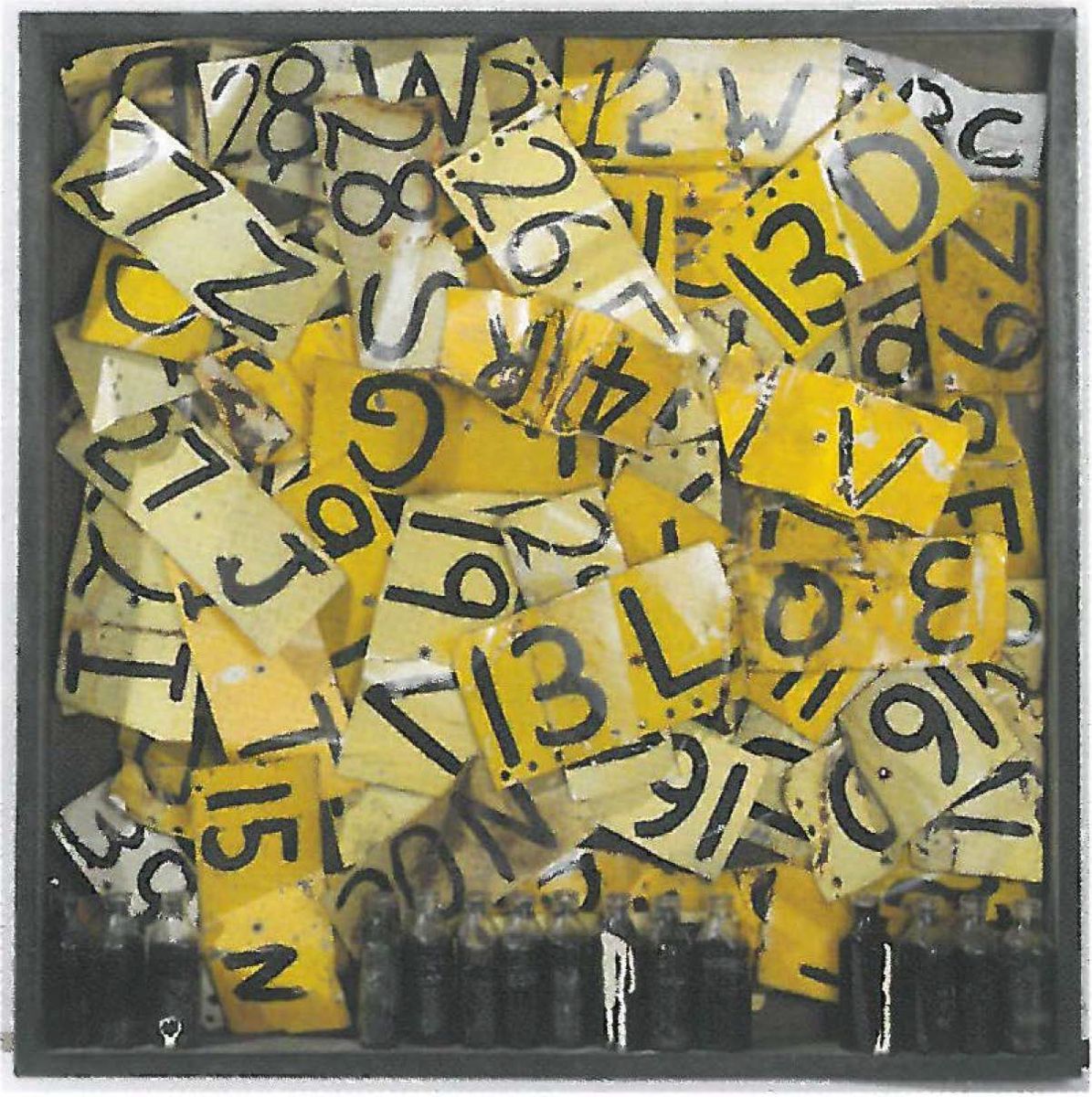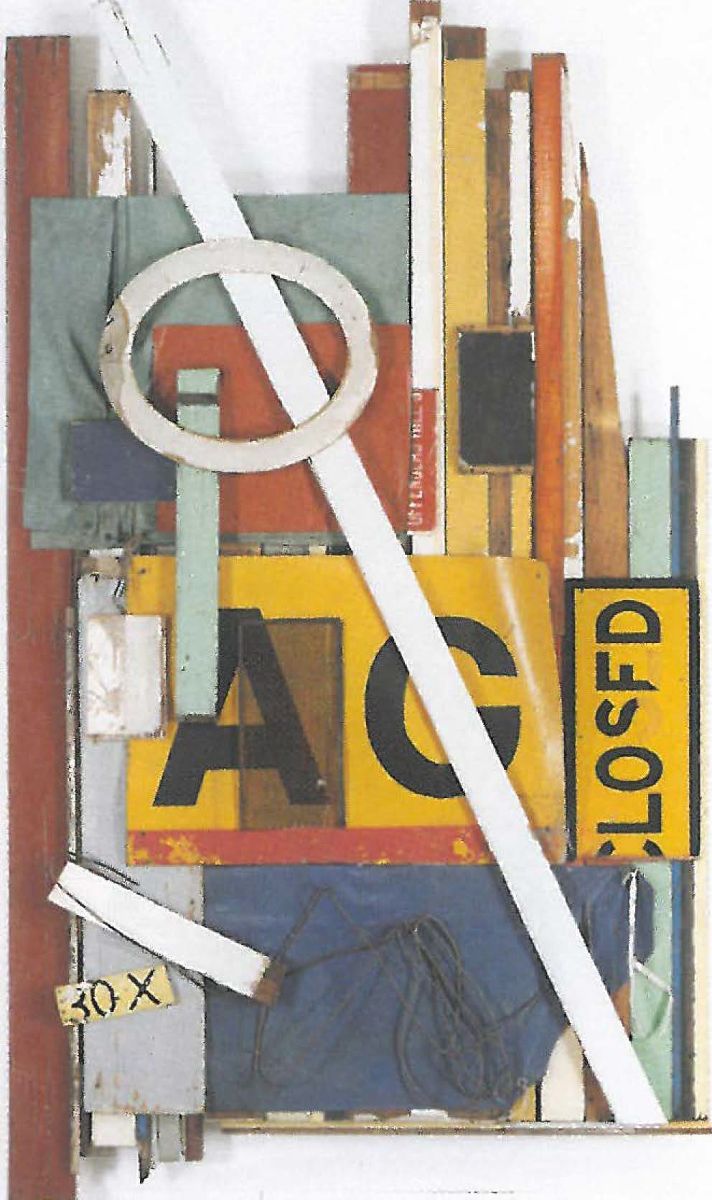
Since moving two years ago to much more gentrified premises, Brisbane's Institute of Modern Art has been well equipped to present exhibitions that are in effect museum retrospectives. This honour was bestowed on Robert MacPherson for the new IMA's opening show in 2001, and in March this year the entire exhibition space was again dedicated to showing the work of a greatly respected Brisbane artist, Madonna Staunton. The Director of the IMA, Michael Snelling, was the curator.
This is not the first Madonna Staunton retrospective. Stephen Rainbird was responsible for an excellent 1994 survey at the Queensland Art Gallery. It was installed in an area of the Gallery that has low ceilings and is ideally suited to the intimate contemplation of small works on paper, which was perfectly logical because that is what most of Staunton's works are. She also makes paintings and sculptures that are bigger, as well as suites of related prints that read as a single large unit when hung together. The four galleries of the IMA used for the recent exhibition vary in size from small to cavernous, allowing the richness and diversity of Staunton's work to be clearly seen for the first time.
Staunton is primarily a collage artist. She began to establish a reputation in this medium during the 1970s (and was represented in the Third Biennale of Sydney in 1979). The components of her two- and three-dimensional assemblages are usually drawn from old, faded and battered discards that are carefully put together in new ways and given another life. A play between randomness and precision animates virtually all Madonna Staunton's assemblage work. Her sensitivity to tonal and formal arrangement always remains acute during this process and the results are austerely beautiful. This is paradoxical, especially now, when we are so conscious of consumerism and tend to associate its proliferating by-products with ugliness and excess. Working with the chaotic flux of detritus churned out by industrial society seems to be such an overwhelming prospect that it is difficult to imagine an artist knowing where to start. The strength of Staunton's work, however, has always been her way of knowing where to stop.
She is best known for working with a minimalist aesthetic, combining just a few bits and pieces in a harmony of pale, often neutral colour. Her 2002 Letraset series consists of nothing but partly used pressure-transfer sheets marked with areas of hatching where the letters have been detached, corresponding with the twentieth-century modernist belief that poetry and music are made from absences and silences. Then every once in a while she produces something that is not like this at all. There is an untitled 1973 collage that is enormous and jazzy. It's a frenetic piece, which despite being based on the same fractured grid geometry that Staunton has used consistently ever since, comes as a surprise. This was hung at the end of a long room lined with later, quieter, more familiar collages, like a reminder of how much careful refinement has gone into her work over the years.

The major surprise came in the next room, the unexpectedly huge main gallery that is entered through smaller spaces giving no indication of what is to come. The biggest room had the fewest works. One of them, the brilliantly colourful 2002 wall sculpture AG, is almost monumental in size. Having been given the opportunity to work with a studio assistant Staunton has been highly productive over the past twelve months, successfully working on a scale that she had never before attempted. It is exhilarating to see a mature artist take on a super-charged new lease of life and move as confidently through a fresh body of work as Madonna Staunton did in 2002.
The IMA's previous home was itself something of a collage, a loose arrangement of tattered recycled spaces. The whole place was like a work in progress, where a great many new ideas and careers were fomented, but where the quiet authority of fully resolved works by an established artist could easily get lost in the jumble. The posh new premises can be less forgiving to emerging artists, and there have been teething problems with the structure, which has caused a degree of suspicion in Brisbane that the big stark galleries are too smart for their own good. The Madonna Staunton retrospective proves that among the IMA's many activities is an advocacy role: ensuring that artists get the treatment they deserve. This includes allowing exceptionally good art to be properly appreciated.












